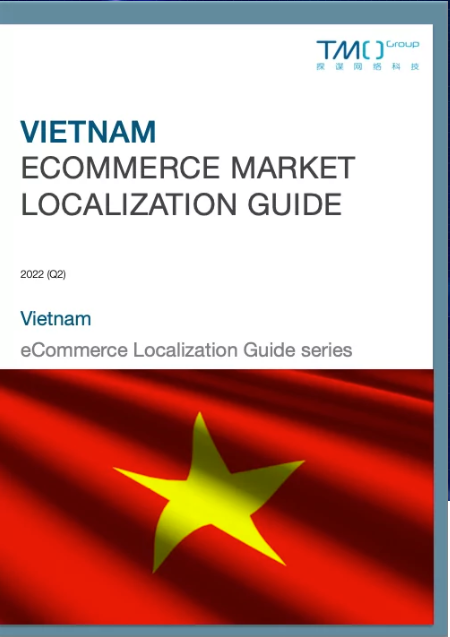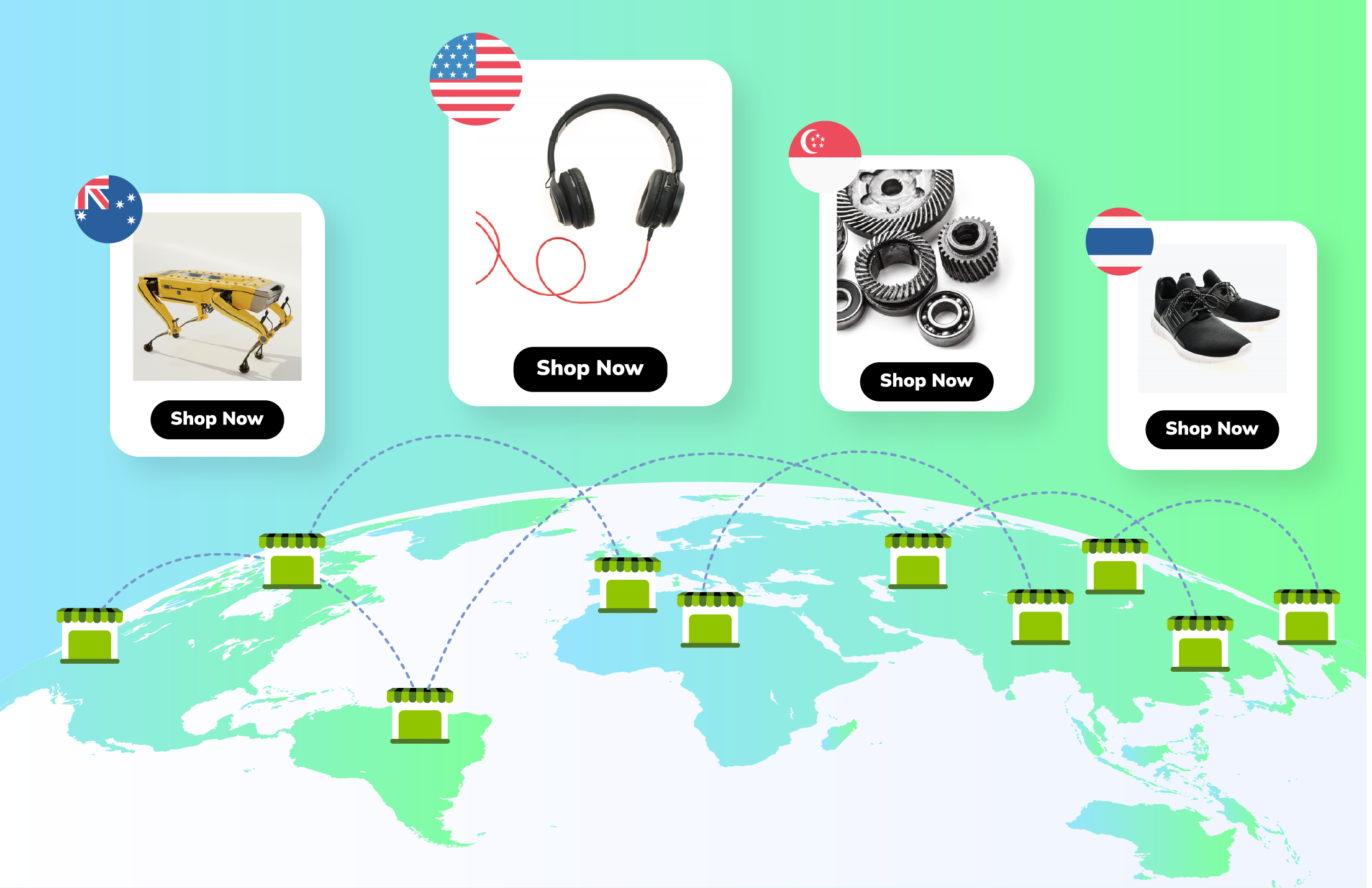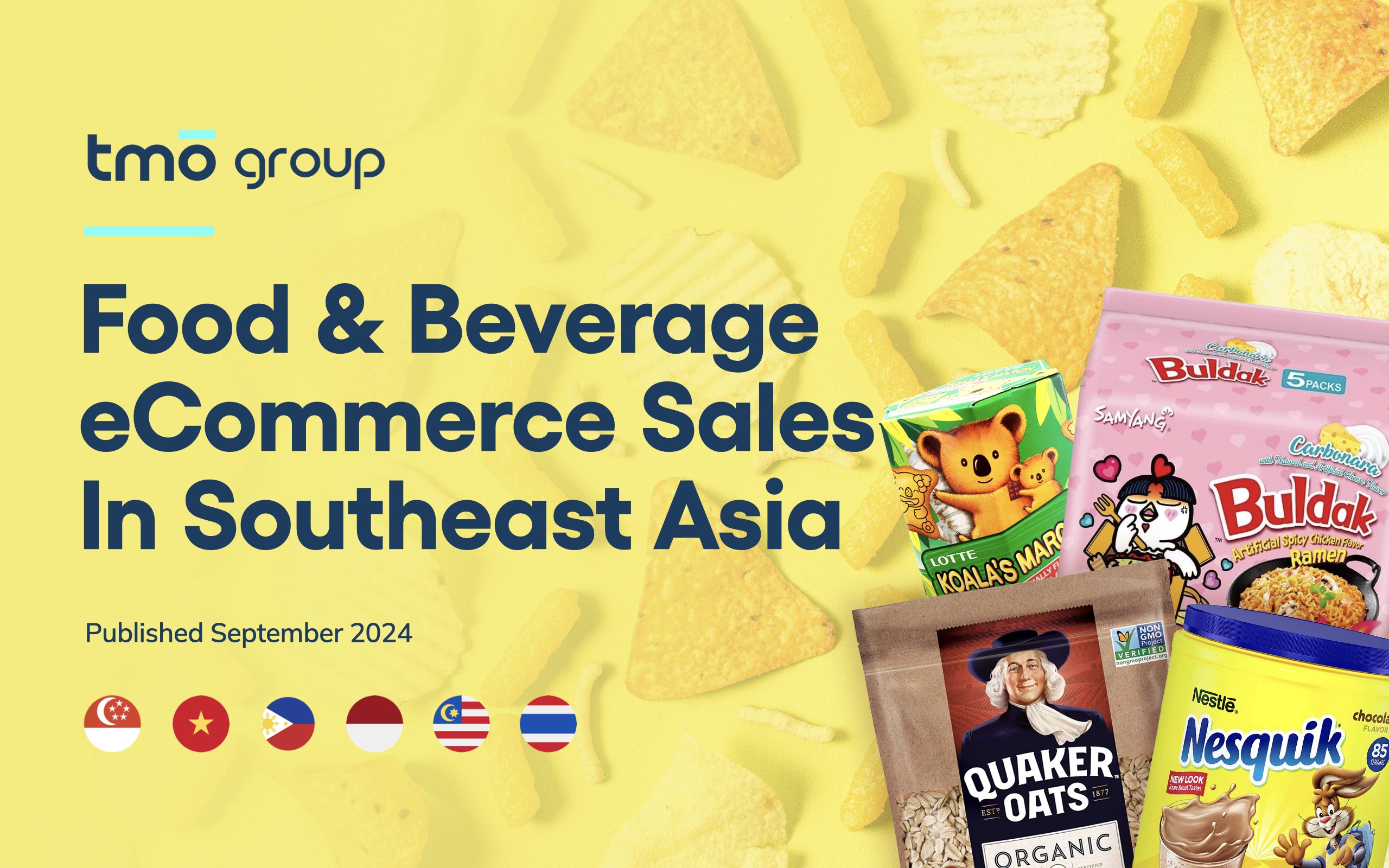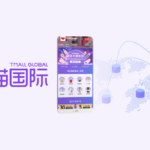An Introduction to Vietnam
Vietnam is a nation of more than 98 million people that borders China,Laos, and Cambodia, and is close to Indonesia, the Philippines, Malaysia, and Thailand. A member of the Association of Southeast Asian Nations (ASEAN) since 1995, Vietnam has enjoyed positive trade links and incentives with its fellow members in the decades since.
Vietnam has always been and continues to be a hugely agricultural economy. Tourism is also a big deal to the Vietnamese economy, and in recent years increases in wealth and development have seen the rise of an increasingly strong commercial sector. eCommerce in particular has seen Vietnam reverse its situation of being dominated by foreign marketplaces to today's eCommerce battleground of both homegrown industry giants and overseas platforms.
GDP has been continually growing since the 80s, and is expected to keep doing so for the foreseeable future, especially as the country develops its infrastructure and sees more local homegrown businesses find success. This increased prosperity and opportunity has led to total foreign direct investment (FDI) in Vietnam hit US$14.03 billion as of June 20, 2022, which is 91.1% of the amount at the same time the previous year.

Market Entry
The Vietnamese eCommerce market is fairly welcoming to foreign sellers, with the government keeping a close eye on the industry and interested in the quality products and economic opportunities these sellers can bring to the country.
A large proportion of eCommerce purchases are made on online marketplaces - mostly on market leaders Shopee, The Gioi Di Dong, Dien May Xanh, Lazada, and Tiki. Cross-border selling is possible on Lazada (which has warehouses and China, South Korea, and Hong Kong) and Shopee (only for mainland Chinese companies), and this presents a relatively painless, low-investment way to enter the market. For companies outside of China and South Korea, however, the better approach may be to either find a local distributor or set up their own company within Vietnam to handle their local business affairs.
One entry strategy companies can adopt when they're not totally sure that they want to fully invest in Vietnamese market entry is to establish a Representative Office before investing any further. Rep Offices are easier to set up, with fewer requirements, but cannot conduct profitable business activities or sales. What they can do is provide a base for market research and gauging customer interest to make sure Vietnam is the right market for them.
Different entry models confer different advantages - working through a distributor or with a partner in a joint venture means giving up some brand control and decision-making power, but can mean gaining the benefit of a local company's expertise, network and experience; establishing a branch office or limited liability company of one's own means retaining total control but also potentially having to tackle an unfamiliar market without such help.
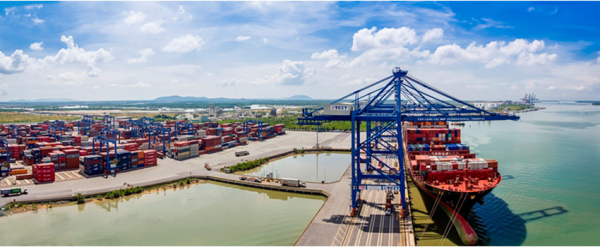
eCommerce Logistics
Vietnamese logistics is in a pivotal point in its development - the industry has thousands of companies competing to try and gain an early majority in preparation for a predicted eCommerce boom, but so far none have managed to carve this out. None of these companies are content with waiting for the still-developing infrastructure to reach full maturity, and so they compete in fairly difficult conditions to expand their business and market share, and earn a good reputation among Vietnamese businesses and consumers before their many competitors do.
For now, foreign-invested and foreign-owned logistics companies such as DHL control more than 50% of the market, likely due to big spending power and experience in other difficult territories around the world, as well as global infrastructure expertise they can call upon.
As local startups such as last-mile delivery specialist Giao Hang Nhanh (GHN) find success, however, this foreign dominance may not last too much longer as the logistics industry settles - as was the case in the battle between online marketplaces, where once-dominant Lazada has since fallen from the top spot and been overtaken not just by SEA rival Shopee but also homegrown challenger The Gioi Di Dong and Dien May Xanh.

Digital Payment
Utterly dominant in neighboring China but faced with mixed adoption rates throughout SEA, eWallets are generally thought to be the future of eCommerce in the region. Often payment methods considered standard in the developed world, such as credit cards, have yet to truly catch on or earn consumer trust in the region, which leaves space for these countries to skip that step entirely and move straight to the adoption of eWallets - driven in part by the widespread use of smartphones (with the world's highest daily usage rates being seen in SEA).
Because of this, though eCommerce still represents just a fraction of total retail in Vietnam, several companies have been quick to get in early and establish their presence to be ready for when the market matures.
MoMo is an eWallet already proving popular, especially on the infrastructure side - with support from dozens of banks, multiple successful funding rounds, big wins at tech awards, According to the official data released by MoMo, as of the end of 2021, MoMo already has 31 million users.OnePay ensures secure transactions between merchants and customers by applying various security standards such as 3D-Secure and TLS to their solution.
Established in 2011, VNPAY provides payment solutions for more than 100,000 companies including Vietnam Airlines, ThaiExpress, King BBQ, and VinaPhone. Another payment gateway VTC Pay has more than 3 million active e-wallet users and processed 10 million transactions. It has become a long-term partner of more than 2,000 companies around the world.
For now, no major foreign eWallets have entered Vietnam to any amount of success, which makes cross-border payments problematic - as with online marketplaces, this pushes companies to perhaps consider an entry strategy that involves setting up or working with a local presence instead.
Interested in learning more about Vietnamese eCommerce? Check out our newly updated Vietnam eCommerce Market GuideThis in-depth primer aims to be your one-stop guide to the Vietnamese eCommerce market, including how to take your business there and succeed.Vietnam eCommerce Market Guide to the region today!
